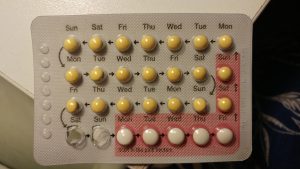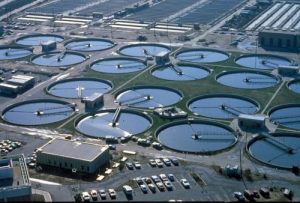Disclaimer: Content may be sensitive to some viewers.
There are many controversial debates concerning the moral acceptance of abortions in North America. In 2017, there were a total of 94,030 abortions in Canada alone. Abortion is the premeditated act of discharging a fetus from the womb. Let’s try and dig into what people have to say. Watch Bill Nye express his view of this topic below.
It’s Okay, It’s Not Alive.
Pro-abortionists argue that abortion is morally permissible because the fetus is not a part of the moral community and it does not meet the criteria of personhood. They claim that the fetus is not attentive to its surroundings or even to itself in terms of emotion, communication, and experience of pleasure and pain. In addition, they do not consider the movement of the fetus inside the mother’s womb as a sign of expressing itself.
The concept of proxy consent may arise during the debate.
“It is the legal right to approve a medical procedure on behalf of an individual who is incompetent in giving consent.”
In this context, mothers have legal merit to terminate her pregnancy as the fetus cannot make such decisions.

Photo of a stillborn baby taken by Nicci Doula.
A researcher named Joel Feinberg proposed an example by means of an acid. He stated that the characteristics of an acid including its solubility in water, sourness, and colour changes of litmus paper from blue to red are not the foundational components relevant to its acidity and cannot be used as an effective test to determine its acidity.
Correspondingly, to say that an individual is ‘living’, is to say that they are able to make choices rooted from logical lines of reasoning. Therefore, the pro-abortionists argue that the fetus cannot be considered a being and aborting the fetus is morally acceptable. Watch this clip below of Dave Rubin interviewing Cara Santa Maria about the ethics of abortion.
Stop! Abortion is Murder.
On the contrary, there are people who believe that abortion is morally unacceptable as they consider the fetus to be alive. They argue that the fetus has complete formation of the brain structure at 12 weeks, the heart pumps roughly 28 litres of blood per day, and it is able to recognize sound as the ears are being developed, showing signs of life.
Also, they indicate that the fetus demonstrates voluntary movements within the womb and react to external stimuli which is one of the criterion for life. Thus, they propose potential consciousness of the fetus.

Photo of a baby echo taken by Rudy and Peter Skitterians.
In response to the acid example, anti-abortionists argue that this claim is unreasonable. For instance, in a laboratory setting, to identify whether an unknown substance is acidic, technicians go through series of tests including acid-base titration and litmus paper testing to determine whether the substance is acidic. Therefore, these characteristics are relevant to verify the acidity of a chemical. Although they may not be the only characteristics to describe the nature of the acid, these observational methods are definitely necessary to determine whether or not a substance is an acidic.
Likewise, to identify the fetus as a human being, observational methods are important to show that it is alive. In other words, observing the brain structure, heart, and hearing can be used in considering the fetus to be a living organism is absolutely necessary. Therefore, anti-abortionists say that it is morally impermissible to attain an abortion.
Where Do You Stand?
This topic will continue to present itself in the debating world.
Where do you stand? What’s your perspective?
Christina Kim



